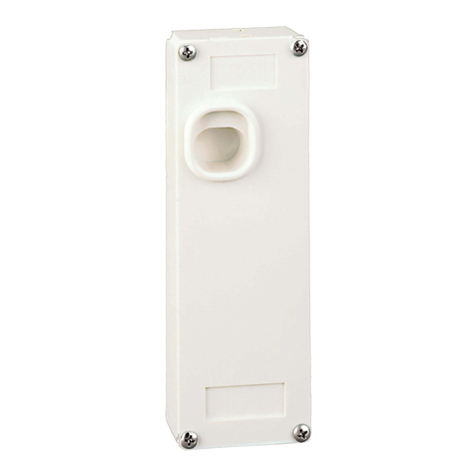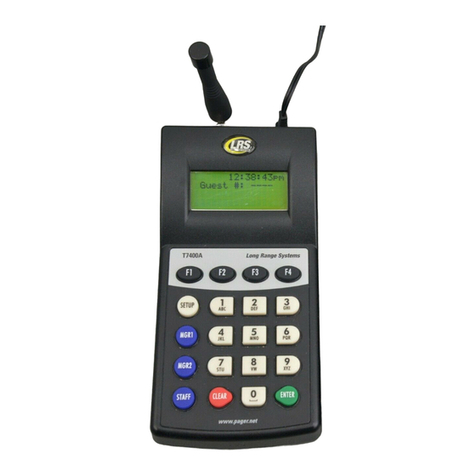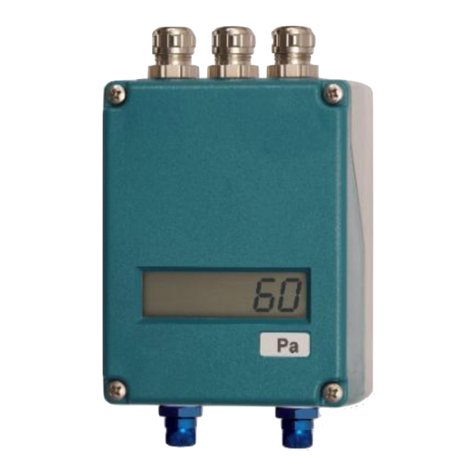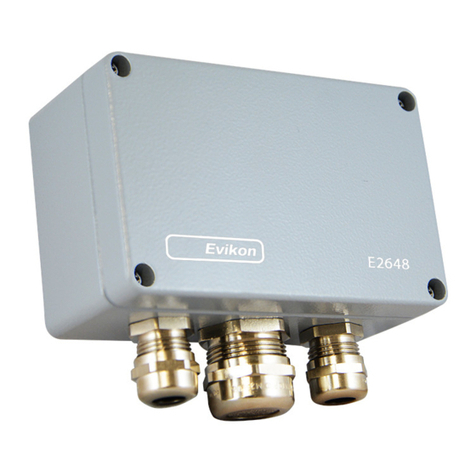ADEMCO 413 User manual








This manual suits for next models
1
Table of contents
Other ADEMCO Transmitter manuals
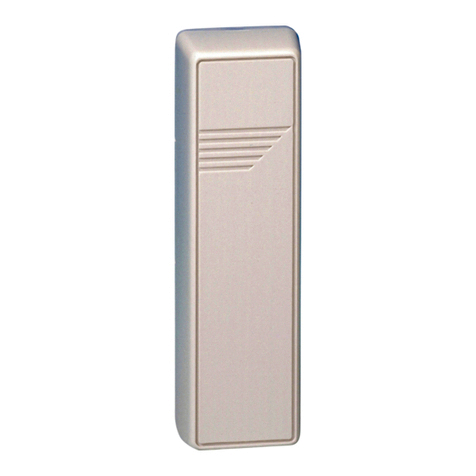
ADEMCO
ADEMCO 5819 Operation and maintenance manual

ADEMCO
ADEMCO 5817 User manual

ADEMCO
ADEMCO 5816TEMP User manual
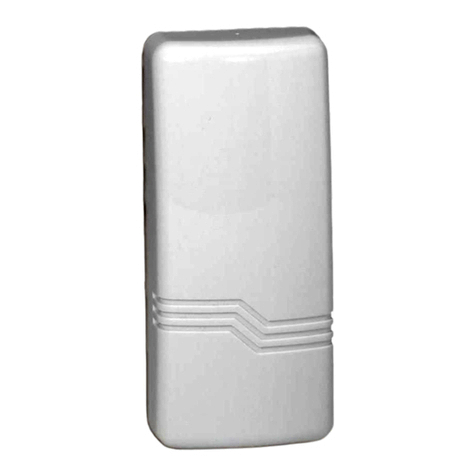
ADEMCO
ADEMCO 5817CB User manual

ADEMCO
ADEMCO 5817CB Assembly instructions
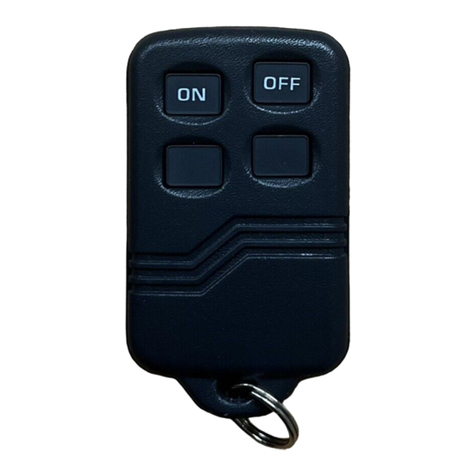
ADEMCO
ADEMCO 5804H User manual

ADEMCO
ADEMCO 5817CB User manual
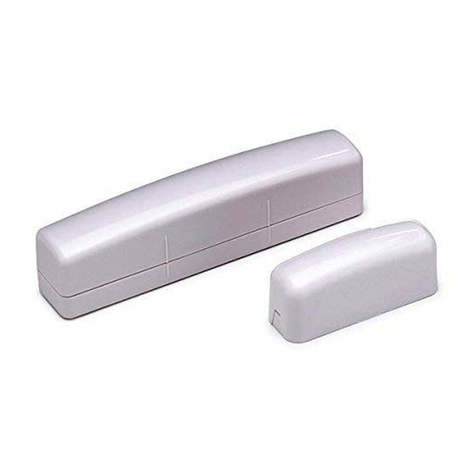
ADEMCO
ADEMCO 5820 Assembly instructions
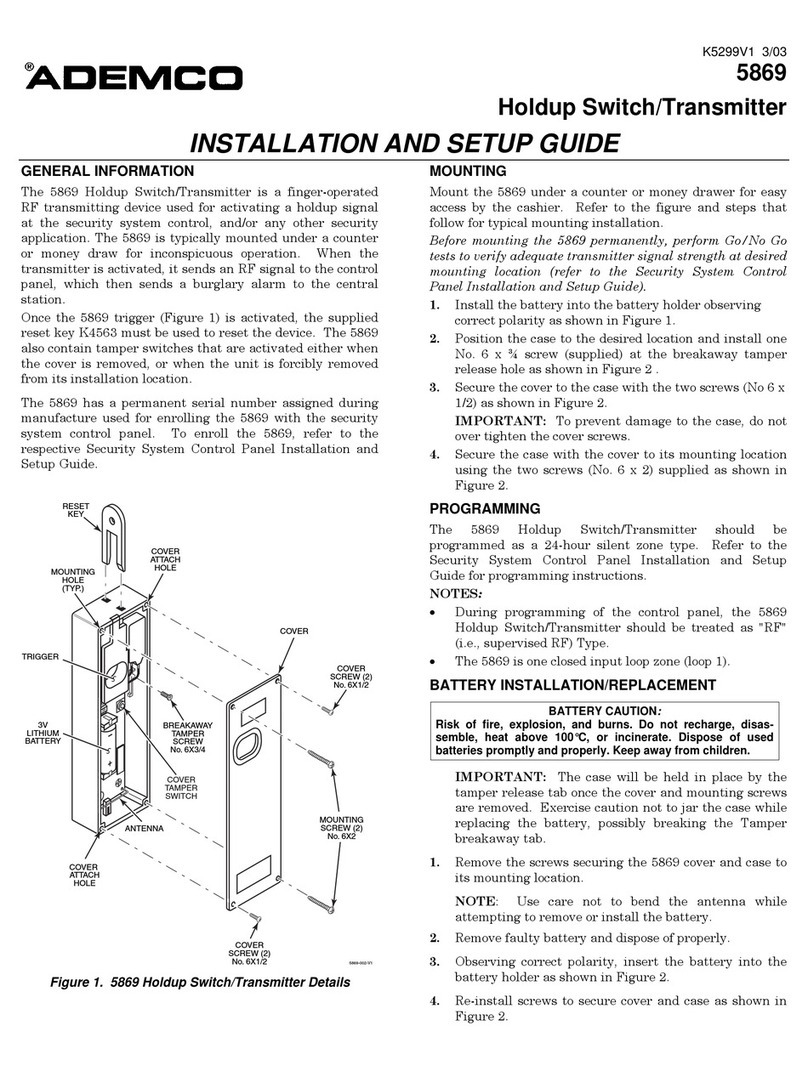
ADEMCO
ADEMCO 5879 Assembly instructions
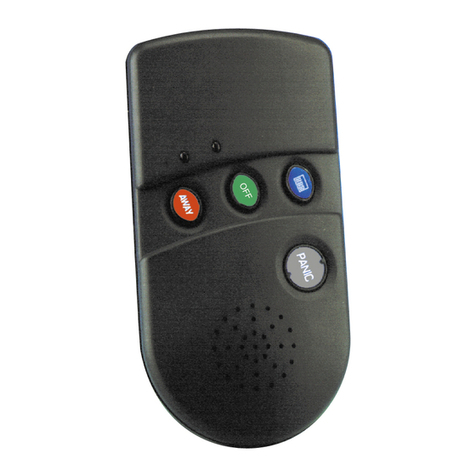
ADEMCO
ADEMCO 5804BDV User manual

ADEMCO
ADEMCO 5817CB Assembly instructions

ADEMCO
ADEMCO 5802WXT User manual

ADEMCO
ADEMCO 5716 User manual
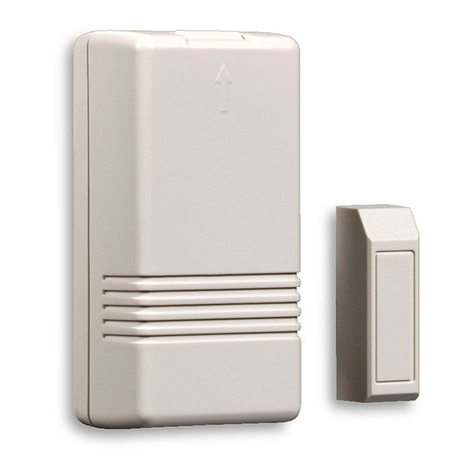
ADEMCO
ADEMCO 5819WHS - Ademco Wireless Shock Processor User manual

ADEMCO
ADEMCO 5804 User manual

ADEMCO
ADEMCO 5816MN User manual

ADEMCO
ADEMCO 5817CB User manual
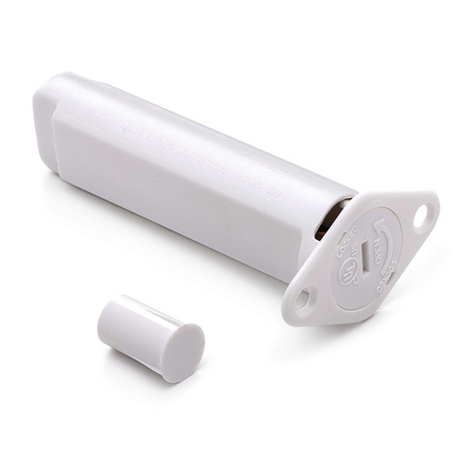
ADEMCO
ADEMCO 5818 User manual
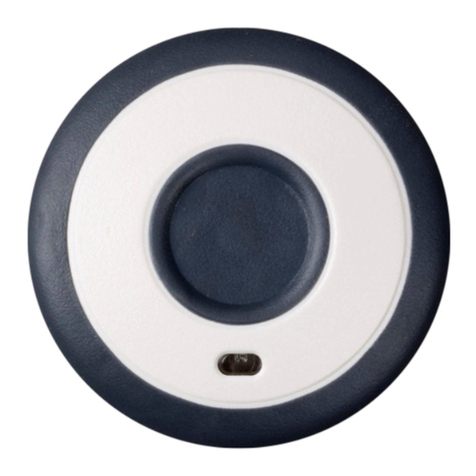
ADEMCO
ADEMCO Ademco 5802WXT User manual
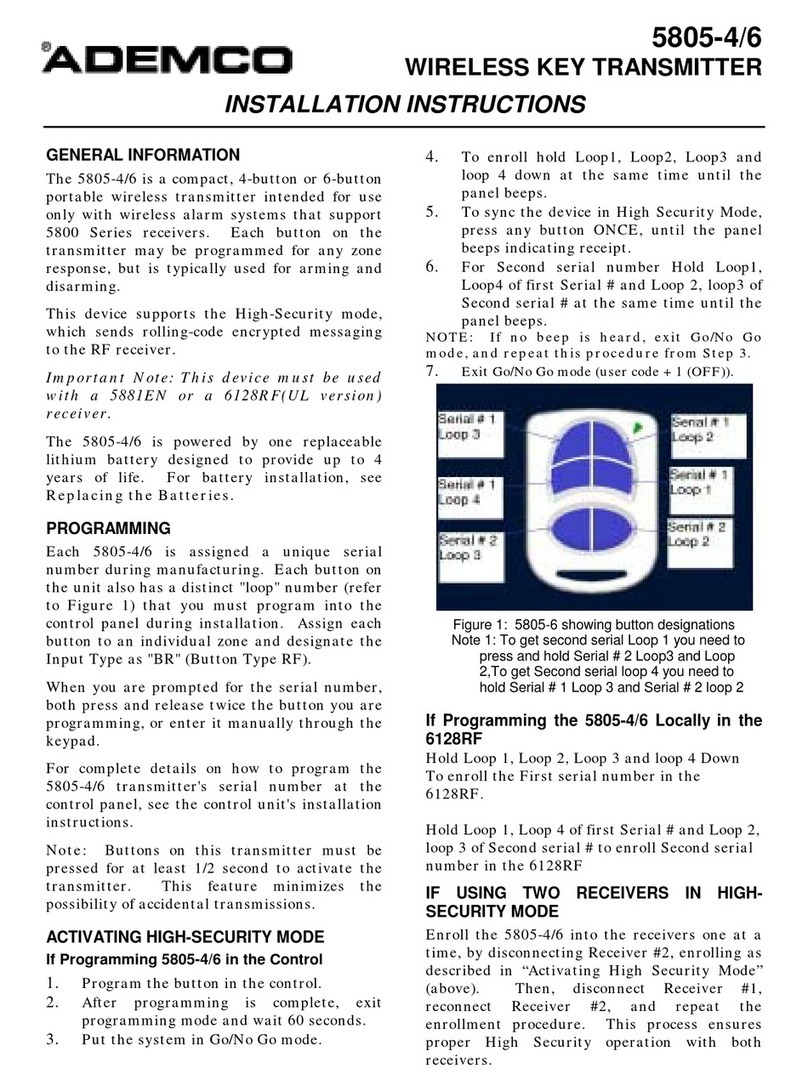
ADEMCO
ADEMCO 5805-4 User manual
Popular Transmitter manuals by other brands
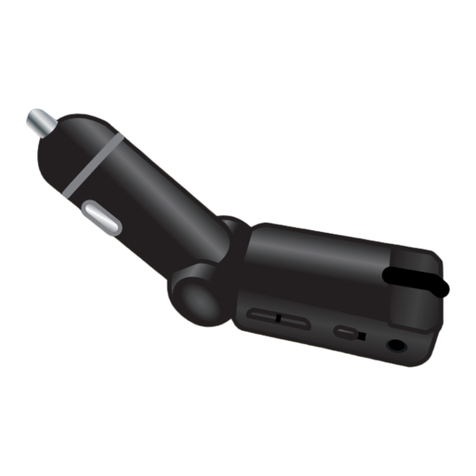
Steren
Steren FMT-870 instruction manual

Kramer
Kramer TP-102HD user manual
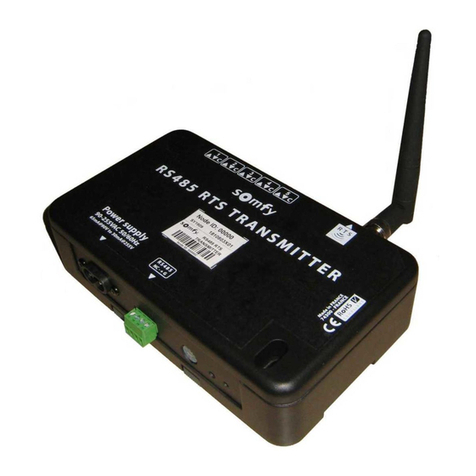
SOMFY
SOMFY RS485 Setting Tool installation instructions
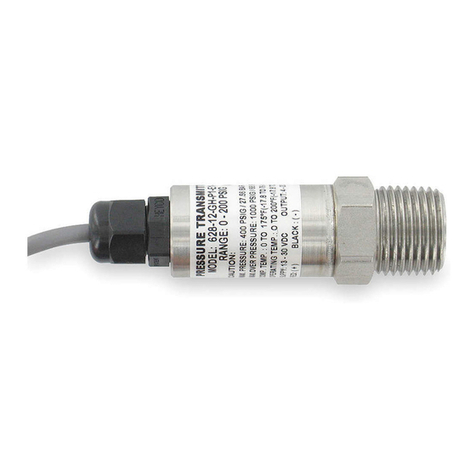
Dwyer Instruments
Dwyer Instruments 626 Series Installation and operating instructions
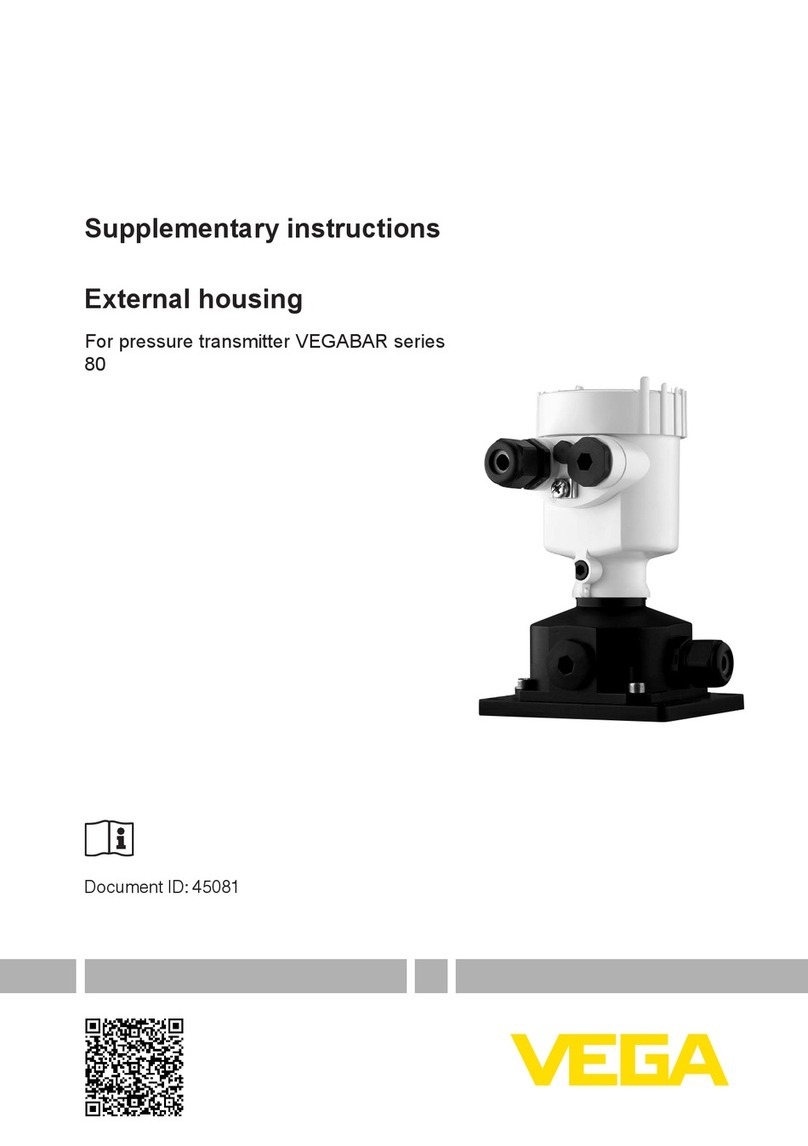
Vega
Vega VEGABAR 80 Series Supplementary instructions
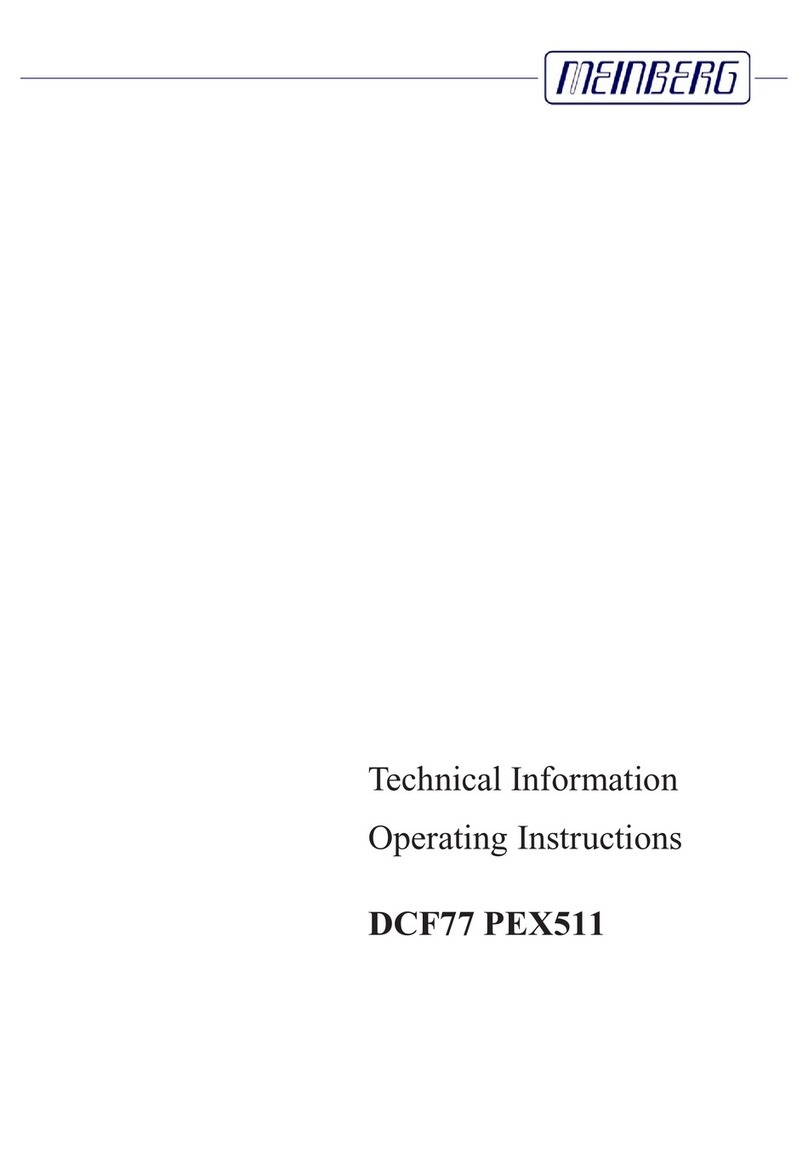
Meinberg
Meinberg DCF77 PEX511 operating instructions

Rondish
Rondish UT-11 quick start guide

Firetide
Firetide HotPort 3203 Hardware installation guide
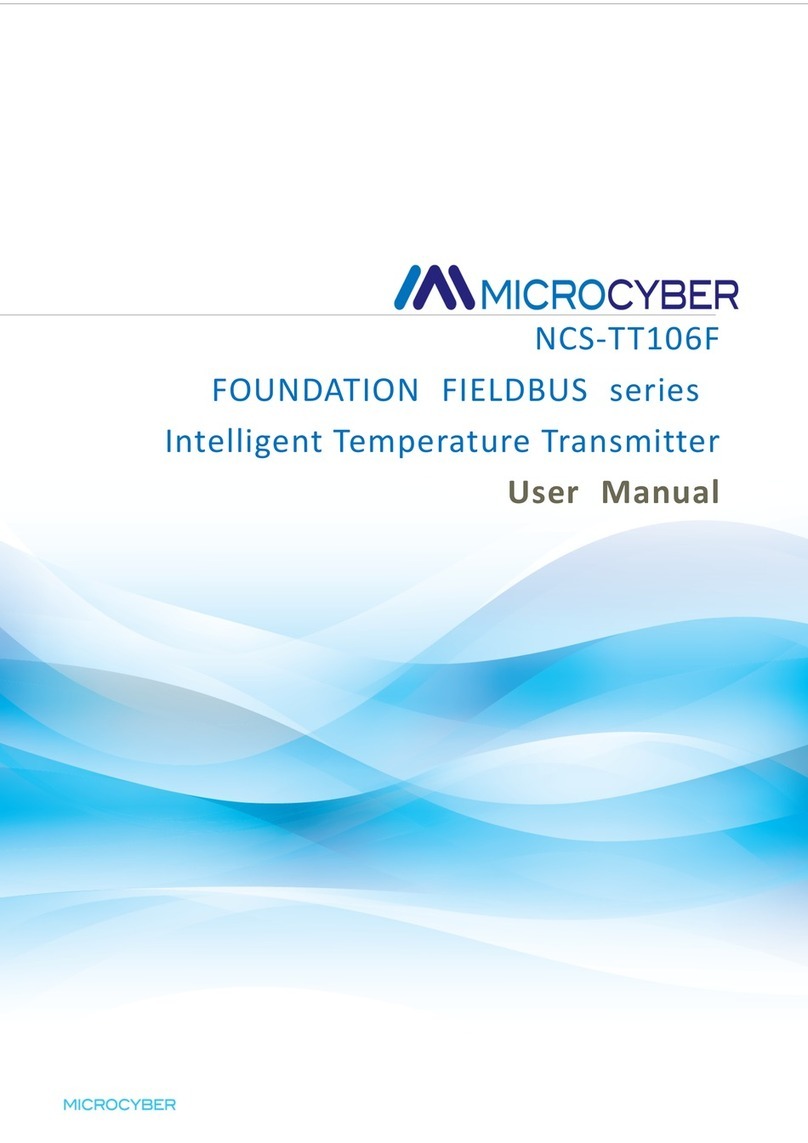
Microcyber
Microcyber FOUNDATION FIELDBUS NCS-TT106F user manual

BWI Eagle
BWI Eagle AIR-EAGLE FM2 43-1000-DC Product information bulletin
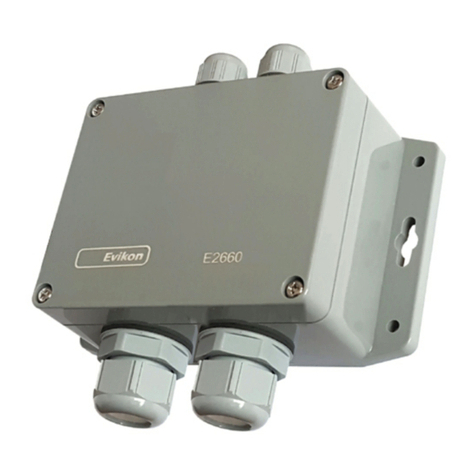
Evikon
Evikon E2660-CO-CO2 user manual

Qianjin Electronic
Qianjin Electronic OT86-4F user manual
